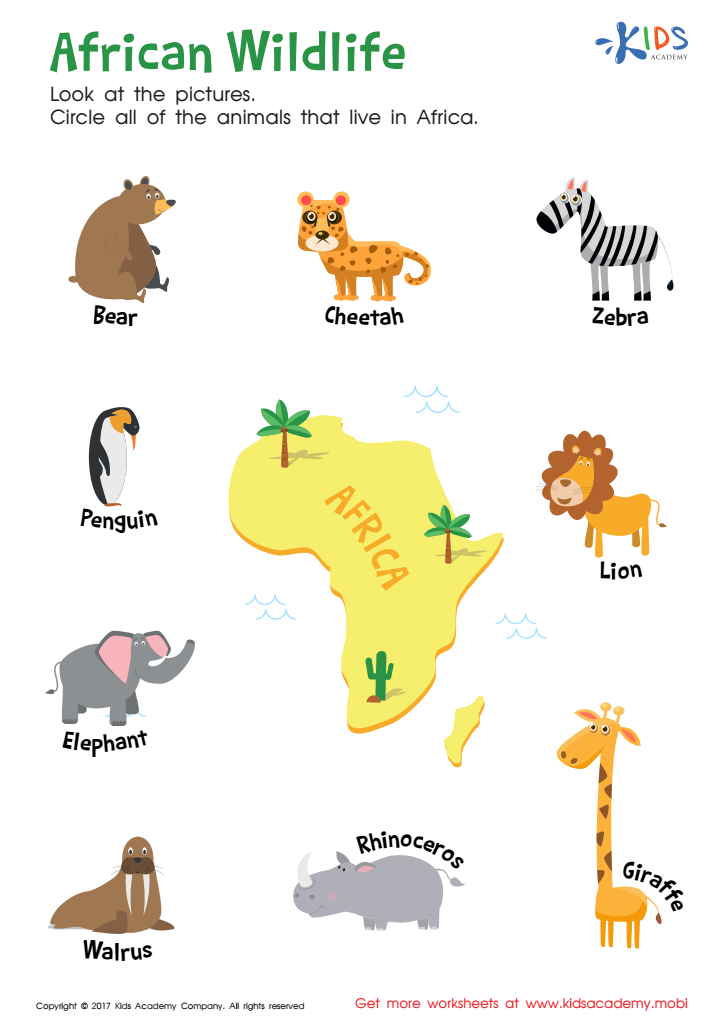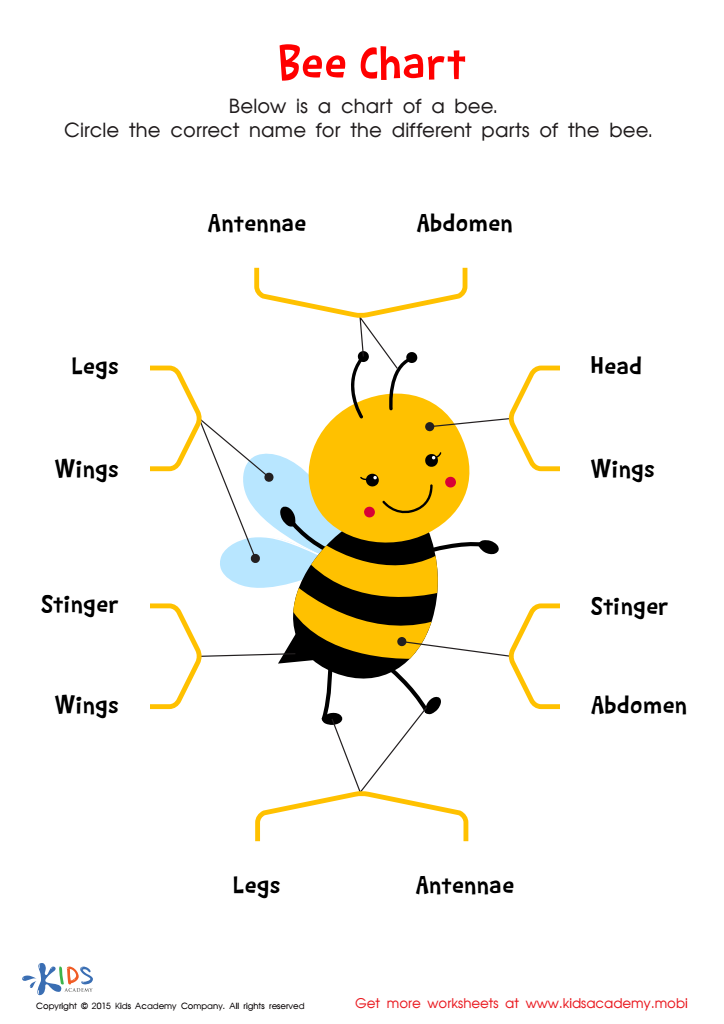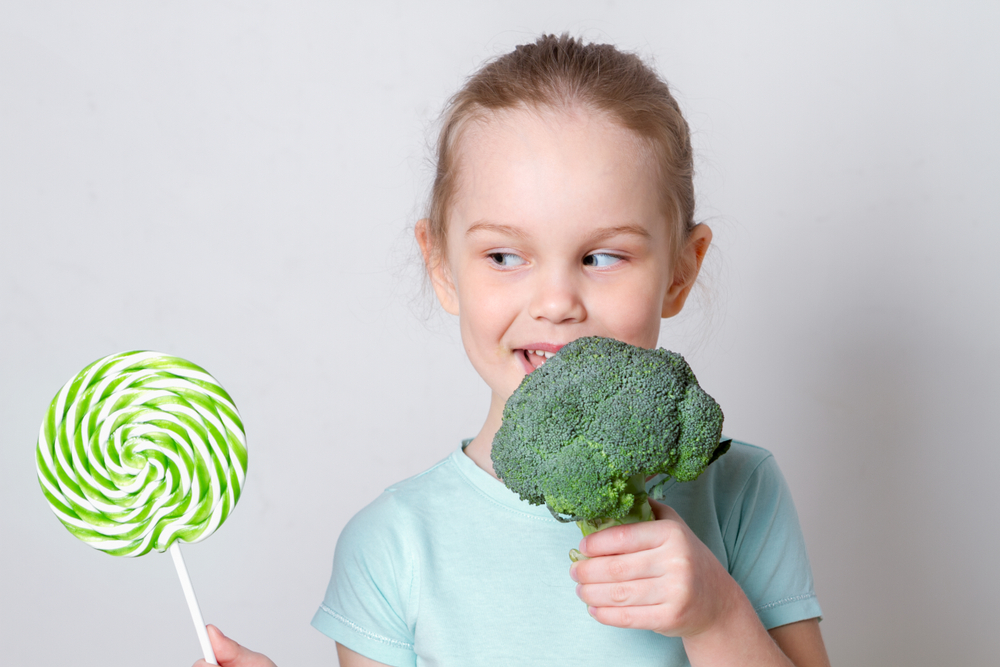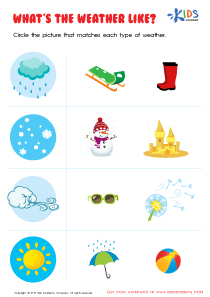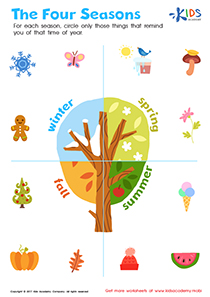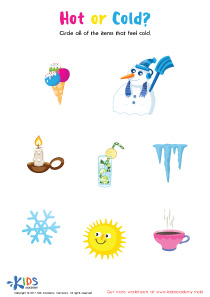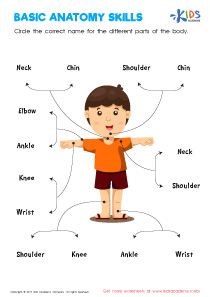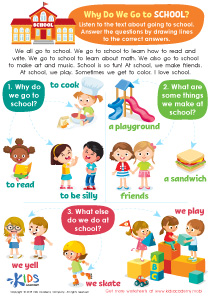Normal Plants and Animals Worksheets for Ages 4-7
11 filtered results
-
From - To
Introduce young learners to the fascinating world of nature with our "Normal Plants and Animals Worksheets for Ages 4-7." These engaging, age-appropriate worksheets are designed to foster curiosity and understanding of the natural world. Children will explore different plants and animals through fun activities, coloring pages, and simple puzzles. Our worksheets encourage observational skills, critical thinking, and early science concepts, making learning exciting and interactive. Ideal for classroom or at-home learning, these resources are perfect for nurturing a love for nature from an early age. Boost your child's knowledge while they discover the amazing diversity of the world around them!


African Wildlife: Giraffe Worksheet
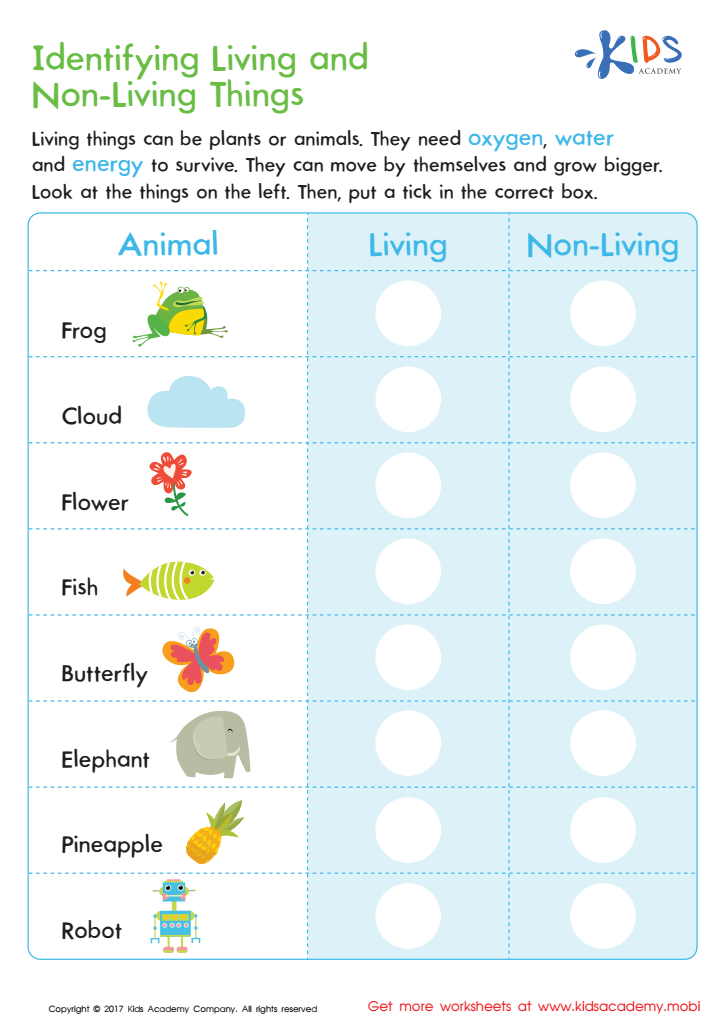

Identifying Living or Non–living Worksheet
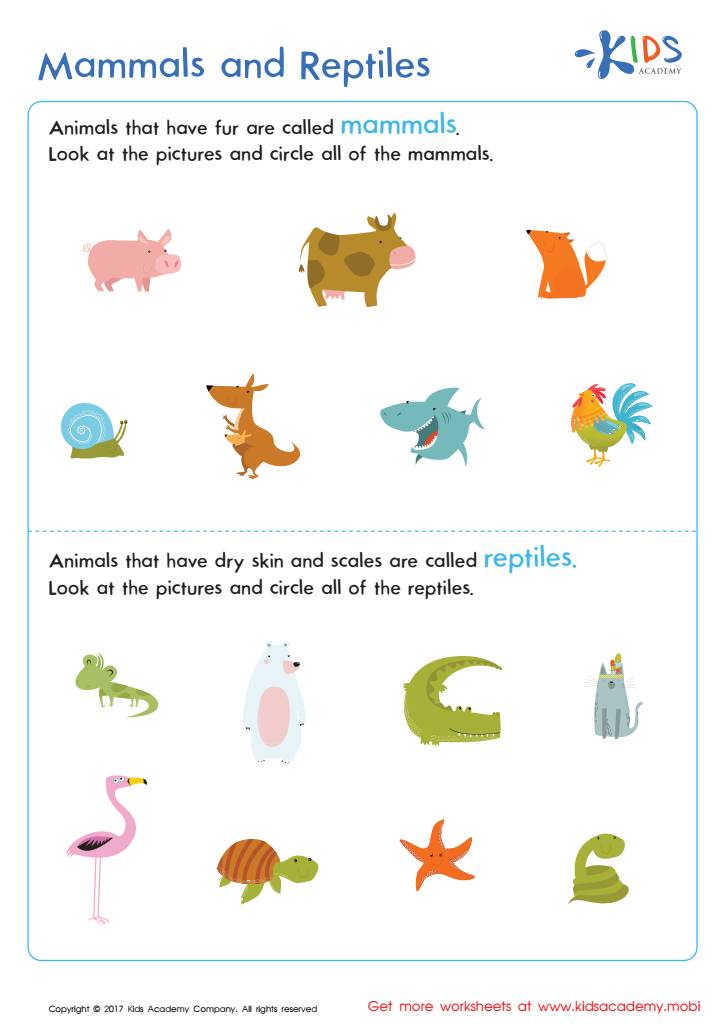

Mammals and Reptiles Worksheet
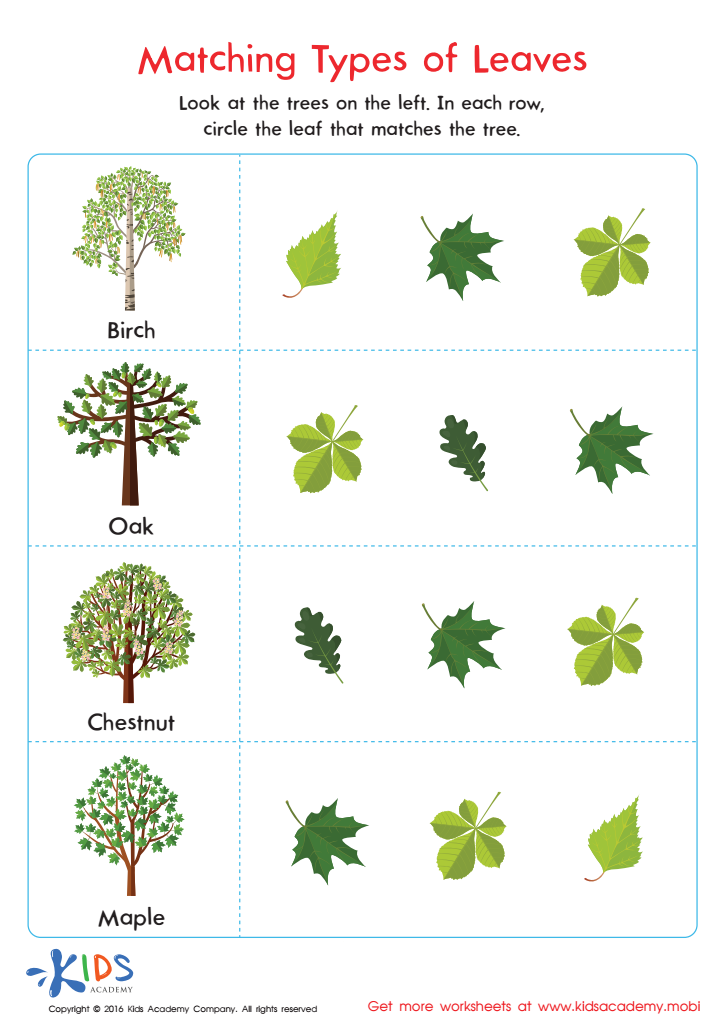

Matching Types of Leaves Printable
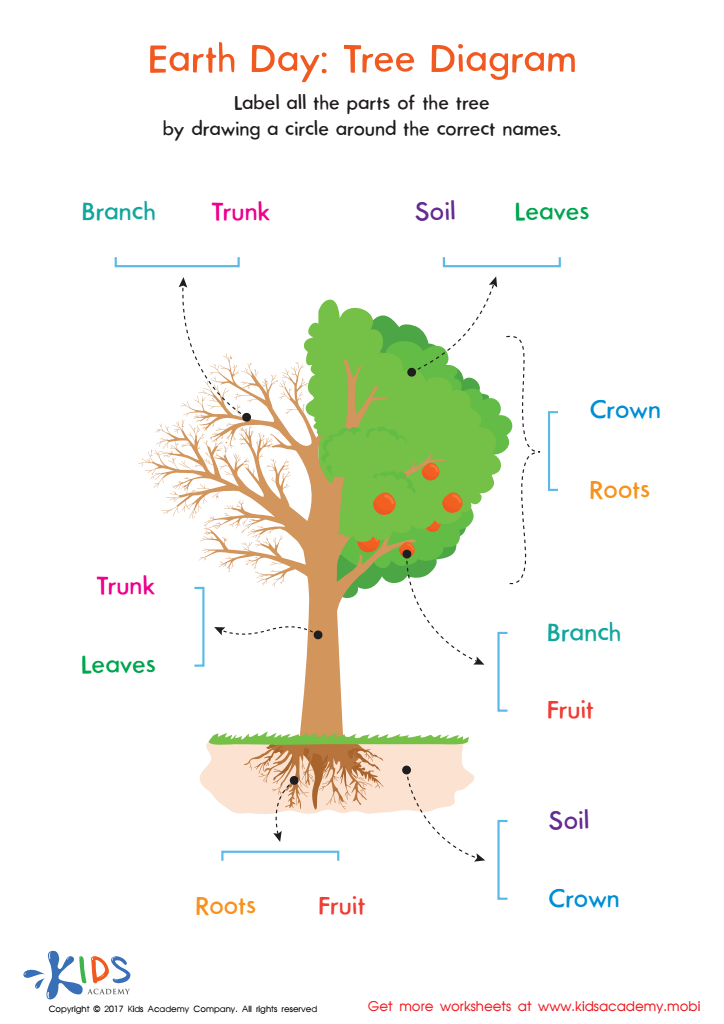

Earth Day: Tree Diagram Worksheet
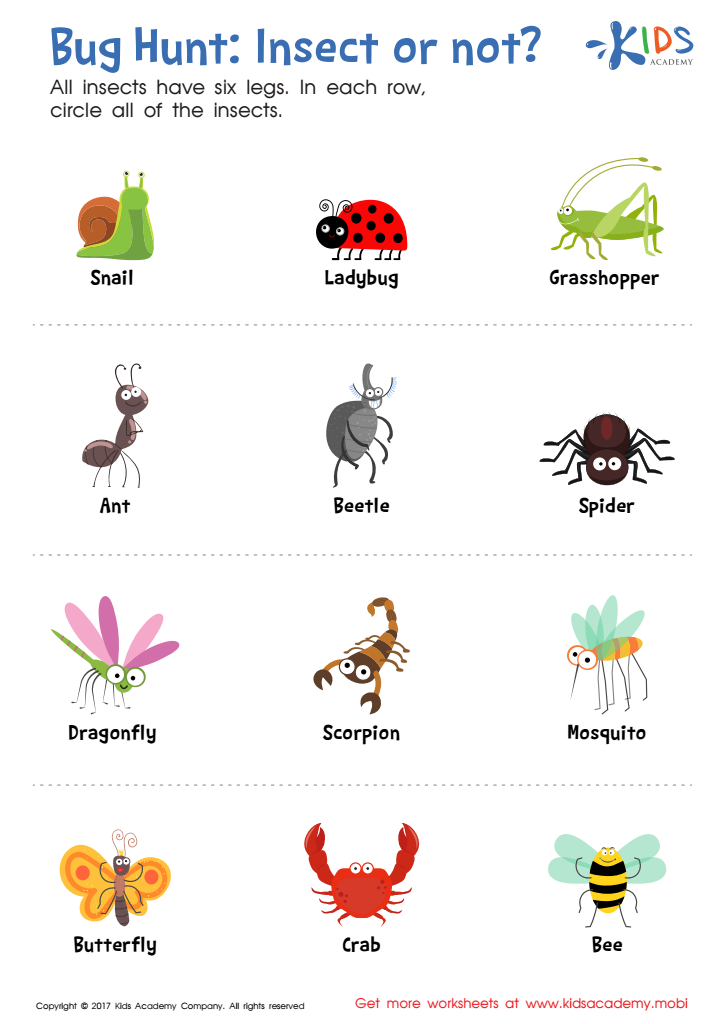

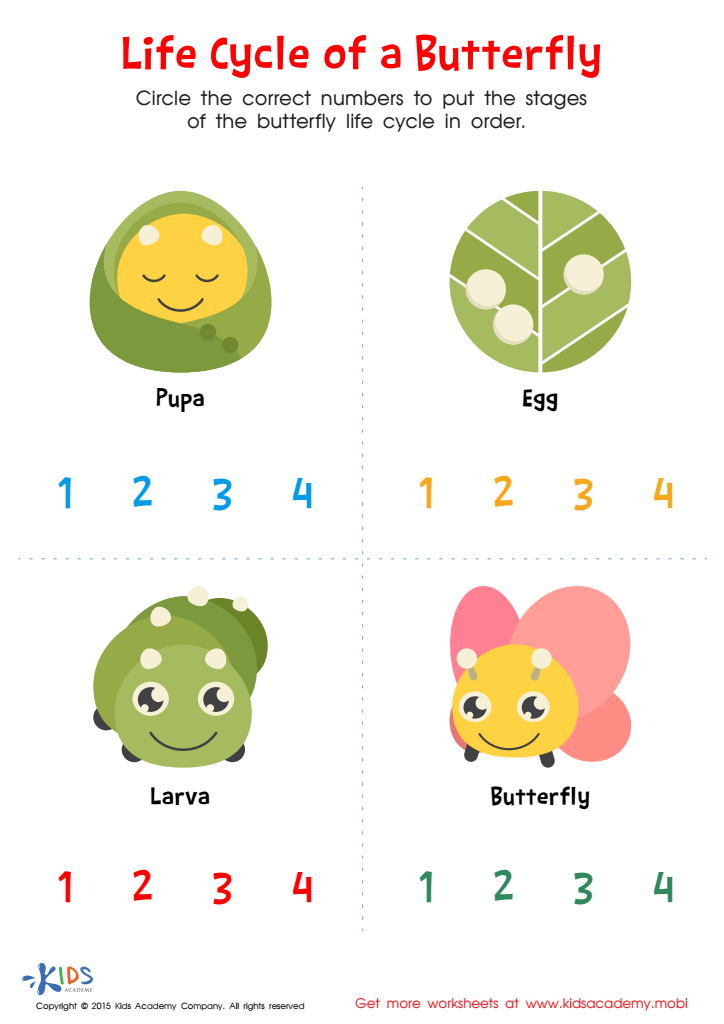

Life Cycle of Butterfly Printable
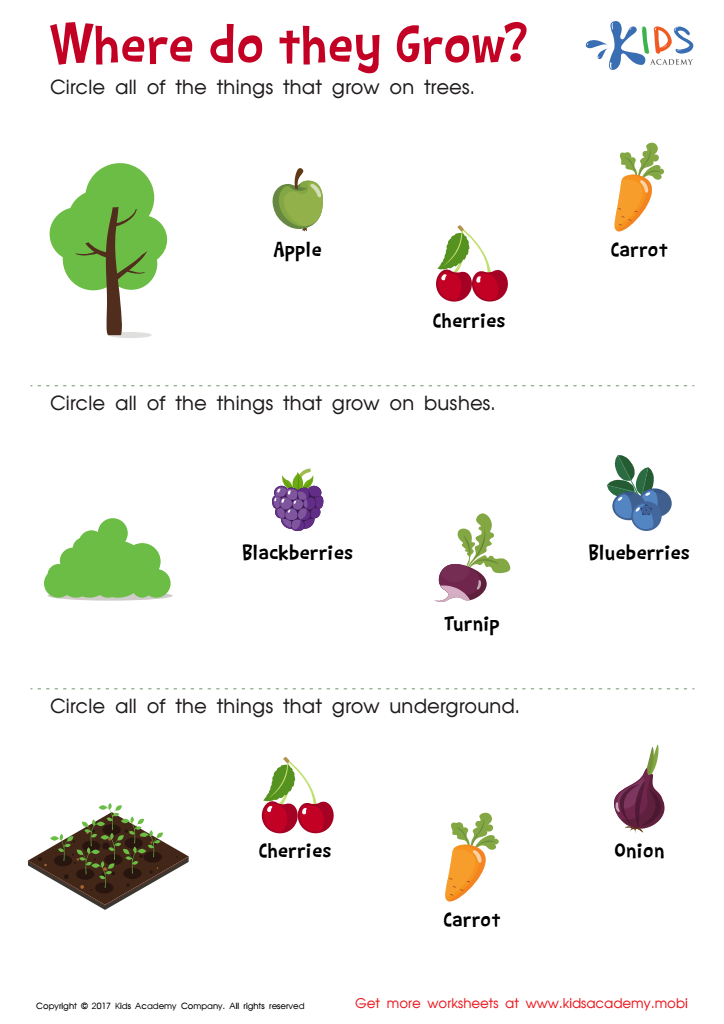

Where Do They Grow Worksheet
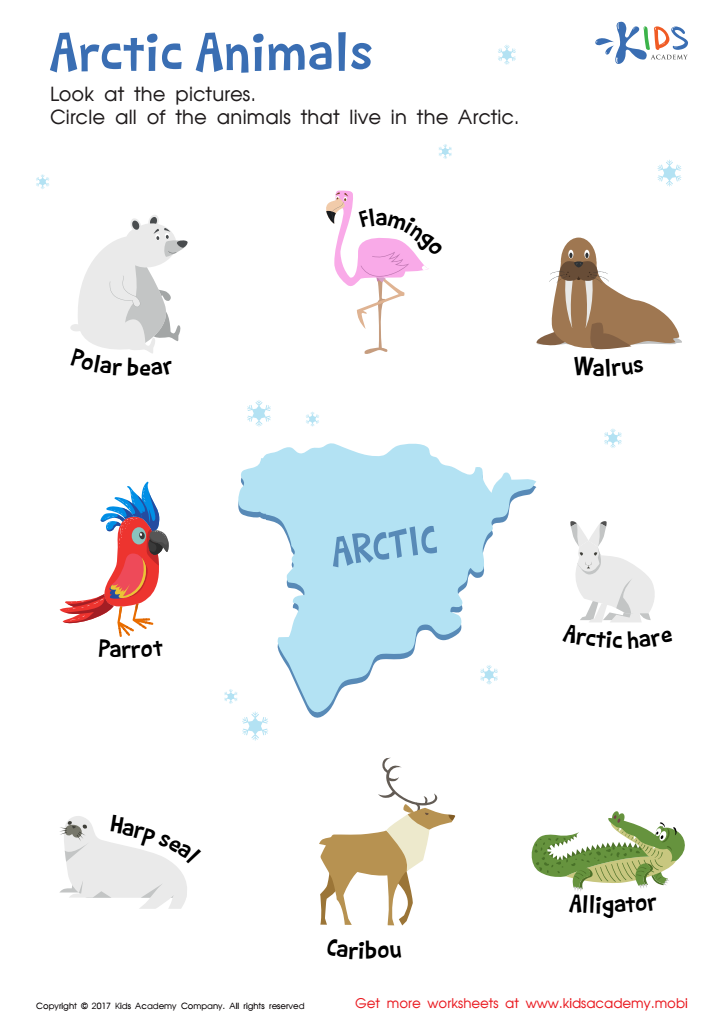

Arctic Animals Worksheet
Parents and teachers play a crucial role in introducing young children, ages 4-7, to the fascinating world of normal plants and animals. This early engagement fosters curiosity and a lifelong appreciation for nature. Understanding these organisms helps children grasp basic scientific concepts and develop observational skills. For instance, learning about plant growth or animal behaviors can illustrate ideas like cause and effect, adaptation, and life cycles.
Connection to nature benefits social and emotional development. Interacting with living organisms teaches empathy, responsibility, and respect for life. Imagine a child nurturing a plant from seed to flower - such activities cultivate a sense of accomplishment and patience.
Moreover, this knowledge prompts healthy outdoor activities, leading to improved physical health and motor skills. It supports creativity and imagination as children explore their natural surroundings, often leading to imaginative play and storytelling.
By integrating lessons about normal plants and animals into daily routines, parents and teachers establish a foundation for environmental stewardship. Understanding the importance of biodiversity and the interdependence of life forms encourages sustainable thinking.
In essence, teaching young children about the natural world equips them with foundational skills and values that they will carry into adulthood, encouraging a rich, fulfilling relationship with their environment.

 Assign to the classroom
Assign to the classroom
